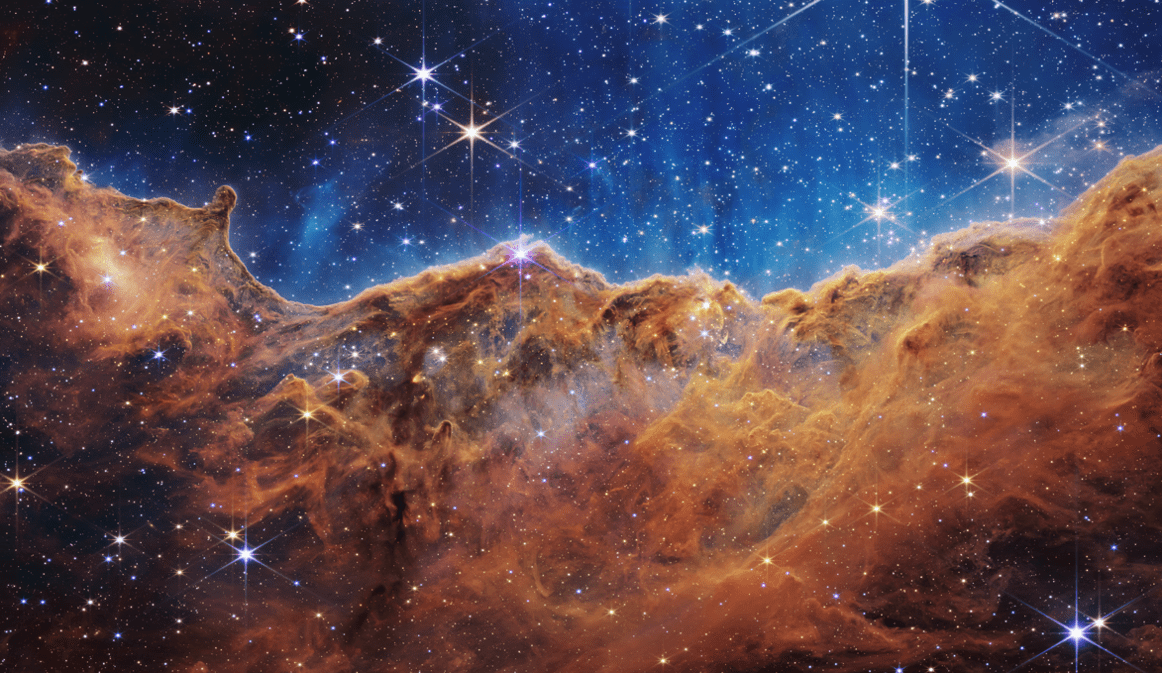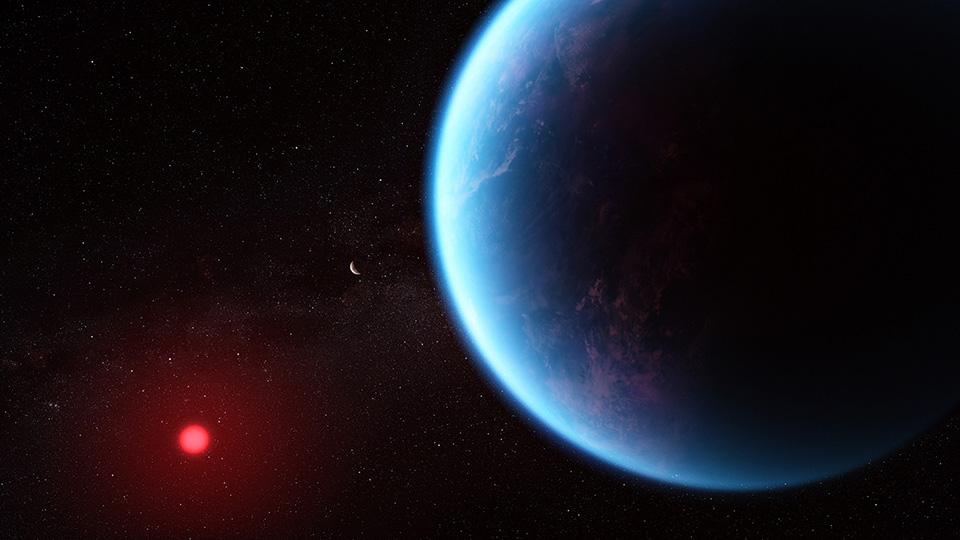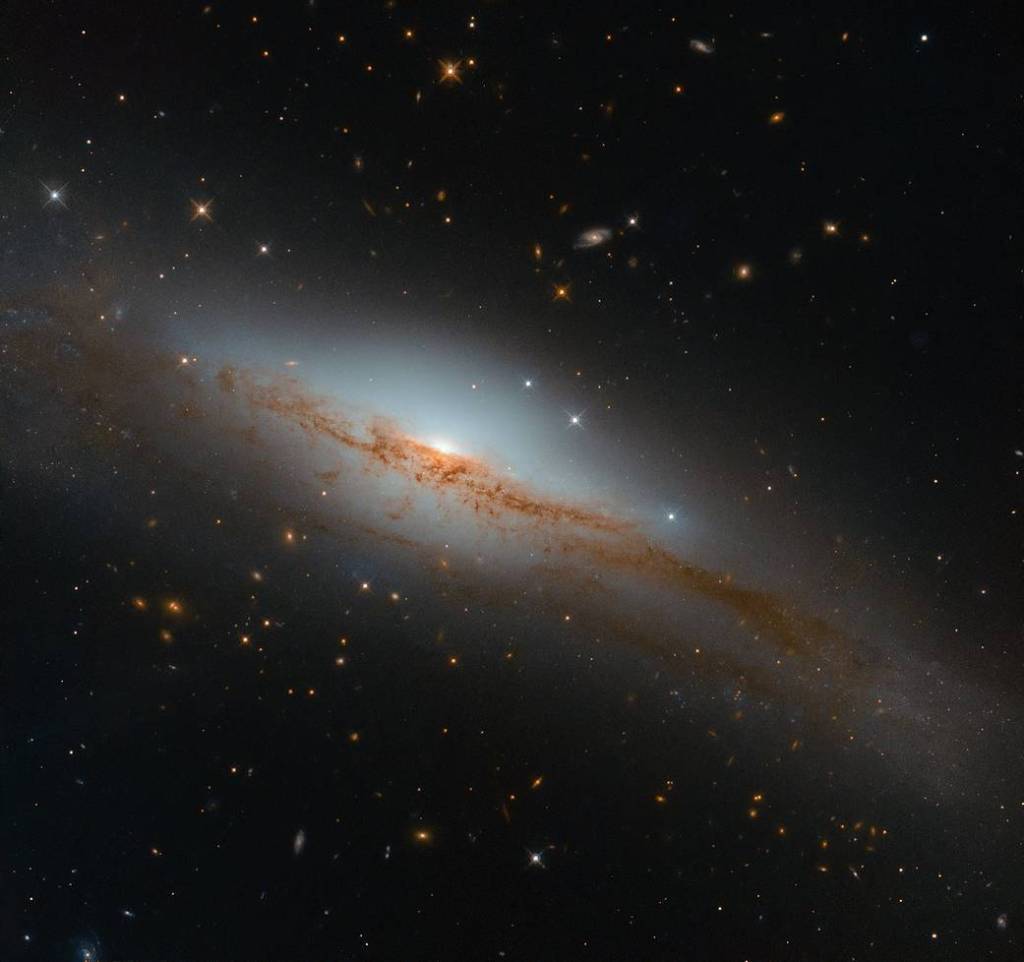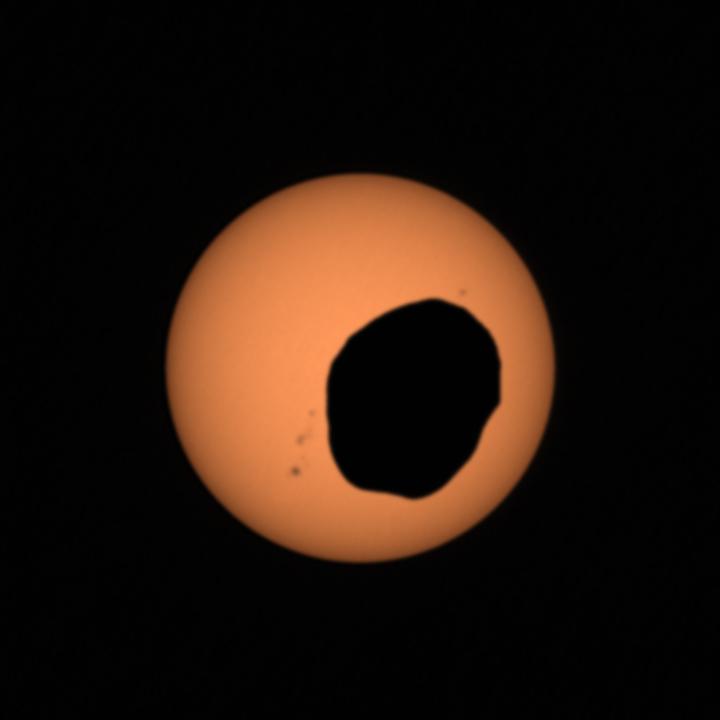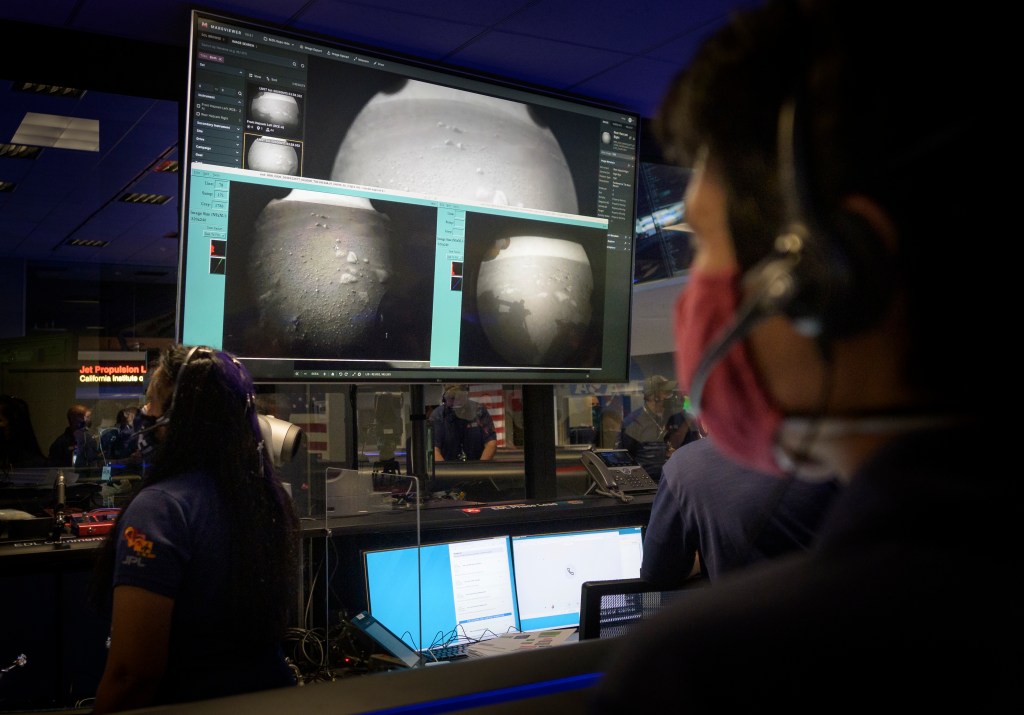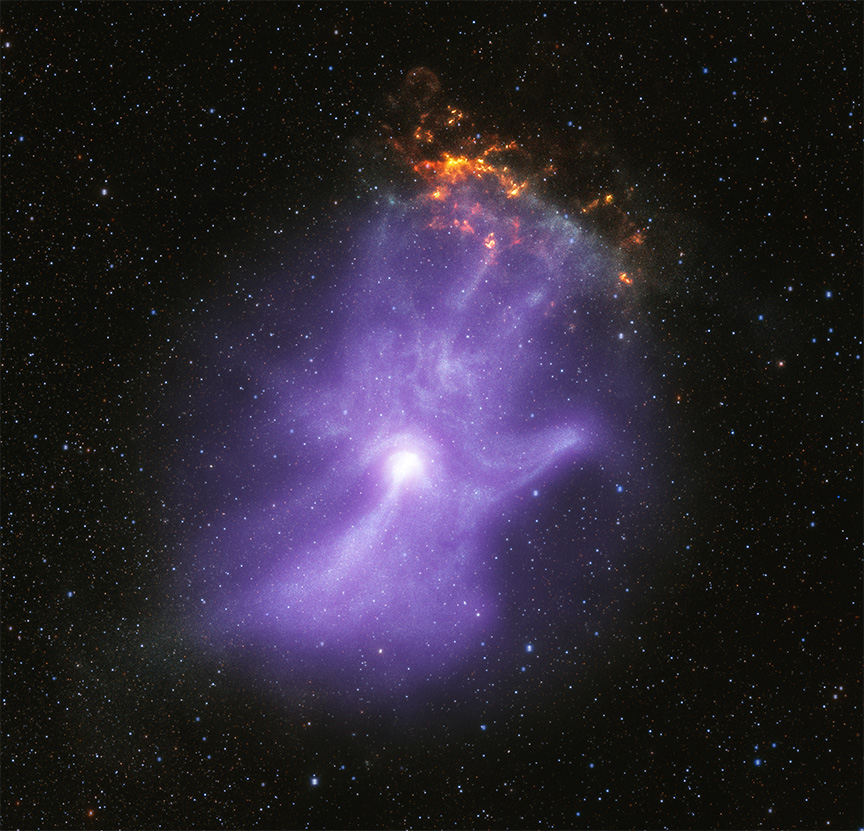This page provides links to research literature and useful articles from past and current astrobiology-related work that applies or considers AI/ML tools. Where possible brief synopses or highlights of the referenced material are provided as a guide to the user, it is not intended as an exhaustive catalog but is regularly updated and can be used as a jumping off point to guide future work.
Contents are cross-linked to other AI-Astrobiology resources where appropriate and sorted into the following categories:


























